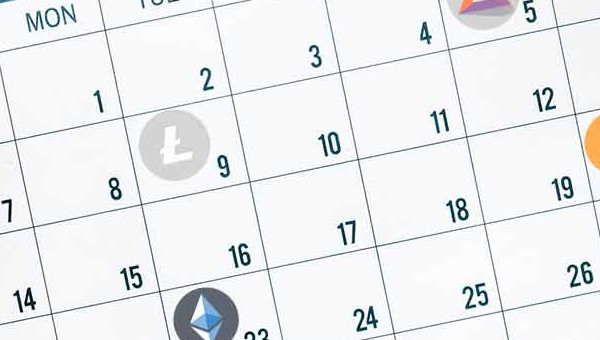Looking to trade or invest in crypto but need help deciding which exchange best suits your goal?
Choosing the best cryptocurrency exchange among the many available exchanges requires time and effort.
If you’re on the fence about Coinbase, here’s an in-depth Coinbase review to help you decide whether the platform is ideal for you.
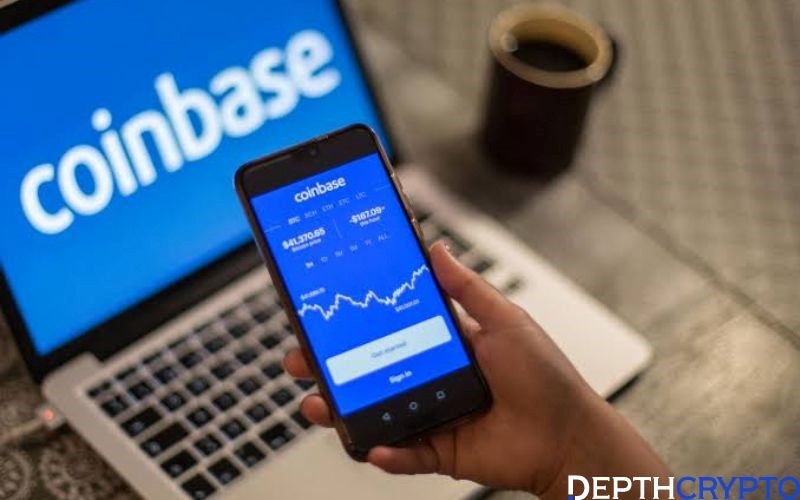
Our opinions
Coinbase is among the leading worldwide cryptocurrency exchanges where you can easily buy, sell and trade digital assets. The platform is safe and secure. It’s suitable for beginner and seasoned traders and investors. Coinbase is ideal if you can look beyond its poor customer support and high fees.
Pros:
- It’s beginner friendly and convenient to use.
- It offers arrays of cryptocurrencies to trade.
- It has an impressive mobile app.
- It offers users the opportunity to earn crypto rewards.
- It provides educational resources.
Cons:
- It offers substandard customer support.
- Some cryptocurrencies are absent from trading.
- It requests high fees on some transactions.
- It has a confusing and convoluted fee structure.
Coinbase Pros & Cons Explained
Pros
1. Beginner friendly and convenient to use
Coinbase’s website and app have a user-friendly display and interface that are easy for beginners to navigate.
2. Arrays of cryptocurrencies to Trade
Coinbase supports the trading of more than 100 crypto assets.
3. Crypto rewards
You can earn crypto rewards such as interest on balances through Coinbase Earn as you complete the educational modules.
4. provides educational resources
You can learn the basics of crypto trading and be up-to-date via Coinbase’s educational content on their website.
Cons
1. Below-par customer support
Coinbase lacks efficient customer service when you need them the most.
2. Absence of some cryptocurrencies
Although the crypto exchange offers good numbers of digital currencies, many options must be included.
3. High fees
Coinbase demands high fees on transactions. You can only enjoy low fees if you upgrade to Coinbase Pro.
4. Confusing and convoluted fees structure
Coinbase’s trading fee structure could be more straightforward. The platform applies different fee structures for simple and advanced trades. While fees on advanced trades are fair, fees on simple trades are costly and confusing.
Company Overview

Brian Armstrong and Fred Ehrsam founded Coinbase in 2012 to offer Bitcoin brokerage services. However, the exchange has grown to add unique services while supporting about a hundred more cryptocurrencies.
Coinbase is among the highly reputed worldwide cryptocurrency exchanges. It’s available in more than 100 countries. Furthermore, it boasts over 4,900 employees and 89 million global users. Coinbase unique users trade an estimated $309 billion quarterly.
In April 2021, Coinbase became the first publicly-traded cryptocurrency exchange in the U.S., thanks to its initial public offering (IPO).
Coinbase Inc. is strictly regulated by authorized by the FCA with register number 900635. The exchange is licensed [1] by the Nevada Department of Business and Industry as a money transmitter.
The company controls two trading marketplaces and offers a separate crypto wallet service. Its cryptocurrency ecosystem supports about 13,000 financial agencies.
16 Coinbase Review Features
1. Fees overview
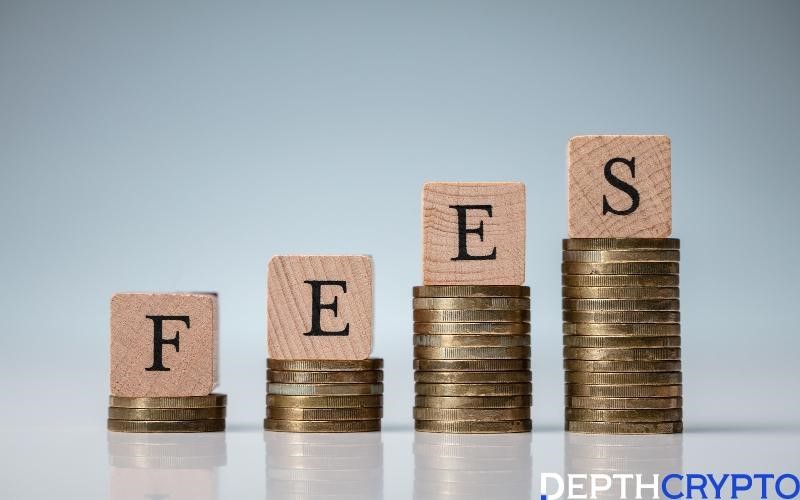
The primary Coinbase platform uses a complicated fee structure. Instead of charging a separate flat fee or maker/taker fees, it charges a spread fee of about 0.5% that temporarily locks in the price for the transaction. The sad thing is you only get to see the cost you’ll pay when you submit the Trade.
As for advanced trade customers, Coinbase requests a more straightforward maker/taker fee on every transaction.
Crypto traders must pay trading fees, such as Makers’ or takers’ fees, for trading on any exchange.
While Makers provide liquidity by creating a market in an exchange, Takers reduce liquidity by taking orders that are automatically filled.
Meanwhile, Taker fees are often marginally higher than maker fees to incentivize market makers.
The downside is that you don’t know whether you’re a maker or taker until after a transaction.
Advanced Trade’s maker or taker fee reduces when you trade higher volumes of currency. The table below shows the fees range on Coinbase’s primary platform:
| Trade volume | Fee |
| $10 or less | $0.99 |
| $10 to $25 | $1.49 |
| $25 to $50 | $1.99 |
| $50 to $200 | $2.99 |
| Above $200 | percentage-based fee |
Other fees include:
| Payment Method | Fee |
| ACH Transfer | Free |
| Bank Account | 1.49% |
| Crypto Conversion | 2% |
| Debit/Credit card | 3.99% |
| Instant card withdrawal | $.55 to 1.50% |
| USD Wallet | 1.49% |
| Wire Transfer | $10 incoming, $25 outgoing. |
2. Security Overview

Is Coinbase safe?
Yes. Coinbase is safe and secure. It’s one of the top cryptocurrency exchanges with an excellent security track record. The company stores about 97% of users’ assets in cold storage (offline or hardware wallet).
Coinbase demands a compulsory two-factor authentication (2FA) setup on users’ accounts to enable tight security. With 2FA verification, unauthorized third parties can’t access your account unless your phone is in their hands. The exchange also provides other onsite security measures to safeguard your account.
You can request Coinbase to delete your private information if you no longer want to deal with them. The crypto exchange has been applauded for properly handling and disposing of users’ data.
Coinbase security
Coinbase uses cutting-edge encryption and best security practices to store users’ assets and deposits.
However, despite Coinbase’s gripping security, about 6000 users lost their digital assets to hacks [2] between March to May 2021.
Coinbase offers criminal insurance in the event of fraud or security breaches. However, the insurance doesn’t cover compromised login details. Thus, as a customer, you must follow the best security practices to keep your account safe.
3. Crypto wallets
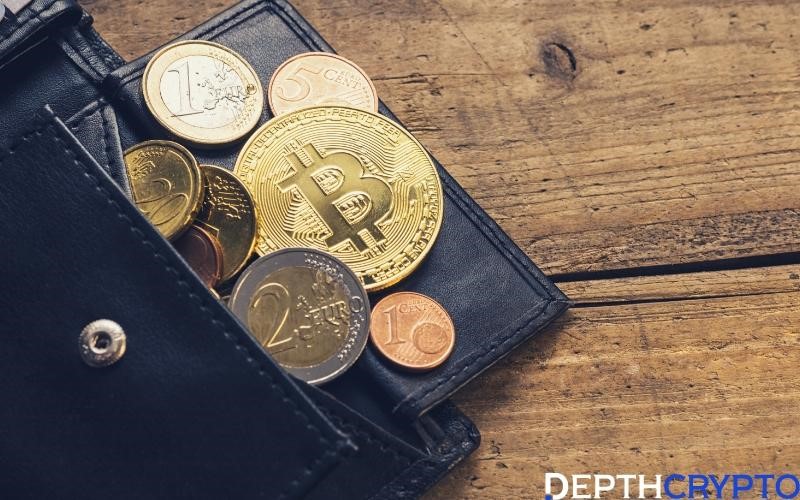
Coinbase provides three types of hot (online or software) wallets:
Coinbase wallet
It’s a non-custodial wallet that supports nearly all digital assets (cryptos and NFTs). You don’t have to sign up with Coinbase to operate the Coinbase wallet.
Coinbase exchange
It’s the default wallet on Coinbase. However, using this wallet means your private keys are saved on the platform, exposing you to cyber-attacks.
Coinbase dApp wallet
It’s the ideal wallet for storing all ERC-20 tokens that operate on the Ethereum Blockchain.
4. Available cryptocurrencies on Coinbase

The exchange supports more than 500 crypto-to-crypto trading pairs and nearly 200 cryptocurrencies and often adds new digital currencies to the list. Some currencies on Coinbase include:
- Algorand (ALGO)
- Bitcoin (BTC)
- Cardano (ADA)
- DAI (DAI)
- Dogecoin (DOGE)
- Ethereum (ETH)
- Litecoin (LTC)
- Polkadot (DOT)
- Polygon (MATIC)
- Shiba Inu (SHIB)
- Solana (SOL)
- Stellar Lumens (XLM)
- SushiSwap (SUSHI)
- Uniswap (UNI)
- USD Coin (USDC), etc
5. Customer services

Coinbase offers a pop-up chatbot, 24/7 phone and email support, and the Coinbase help page. That’s about it. The exchange doesn’t provide access to human support or interaction. Consider other exchanges if you want direct human support.
6. Customer satisfaction

For a leading exchange, Coinbase has poor user ratings. The exchange has a meager 1.6 stars from almost 8k reviews. The customers’ dissatisfaction comes from the exchanges’ terrible customer service, unresponsiveness to lost funds, and hacked and locked accounts.
7. Account management

Managing your account on Coinbase is easy. You can access, view, and review your account and portfolio balance using the platform’s app or website.
8. Educational resources

As opposed to many exchanges, Coinbase goes the extra mile to carry everyone along. The exchange features an educational section on its website where you can learn:
- Crypto investment and Tax
- Crypto basics
- Trading tips and tutorials, etc.
9. Supported countries

Coinbase services are available in more than 100 countries across the continents. Some include:
| Africa | North America | South America | Asia | Europe | Oceania |
| Angola | Aruba | Argentina | Armenia | Andorra | New Zealand |
| Botswana | Bahamas | Brazil | Maldives | Bulgaria | |
| Cameroon | Canada | Chile | Hong Kong | Cyprus | |
| Ghana | Costa Rica | Colombia | Indonesia | France | |
| Kenya | El Salvador | Ecuador | Japan | Finland | |
| Namibia | Jamaica | Paraguay | Kuwait | Norway | |
| South Africa | Mexico | Peru | Macao | Poland | |
| Uganda | Panama | Uruguay | Turkey | United Kingdom | |
| Zambia | United States | Singapore | Spain |
10. Coinbase staking

If you’re looking for staking opportunities and high rewards, Coinbase may not be ideal for you. You give Coinbase a large cut of your profit every time you use its staking service. You have to pay a 25% commission when you stake on cryptos.
11. Coinbase debit card
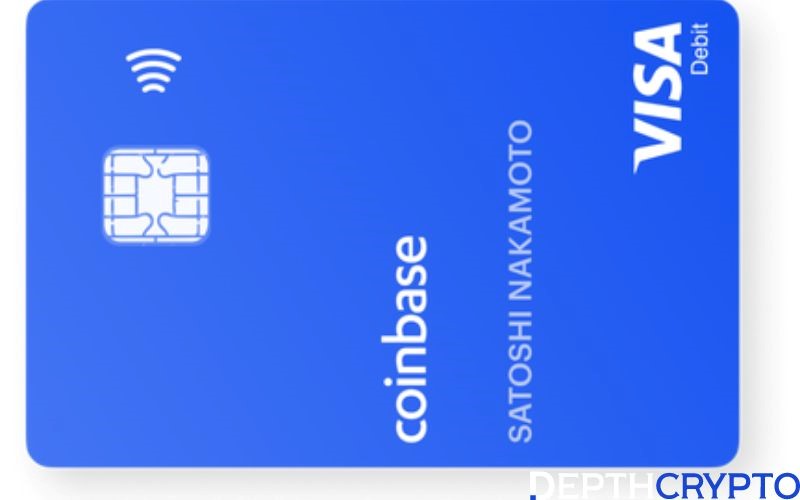
Having a Coinbase account makes you eligible for a Coinbase Card. Your account is connected to the prepaid visa debit card, thus, giving you access to spend your virtual coins from anywhere.
The best part is you can gain up to 4% crypto rewards on your Coinbase card by selecting a coin in a rotating list. You could earn 1% back in Bitcoin, Ethereum, or dogecoin or 4% back in stellar or graph.
Eligibility for Coinbase cards depends on your location. Coinbase Card is available in the United States and a few European countries.
12. Buying limits
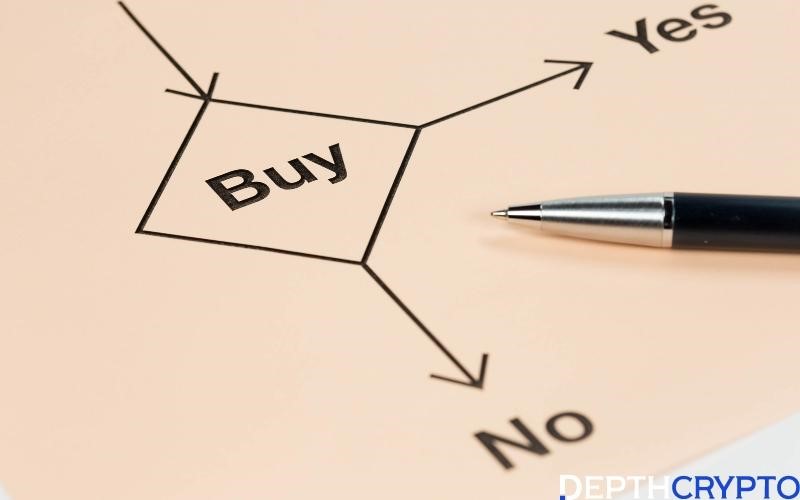
Though Coinbase enables you to gain rewards, you can do so on limited cryptocurrencies. Some exchanges offer better rewards programs and higher rates, which allows them to earn interest from a more extensive selection of cryptocurrencies.
13. Crypto rewards
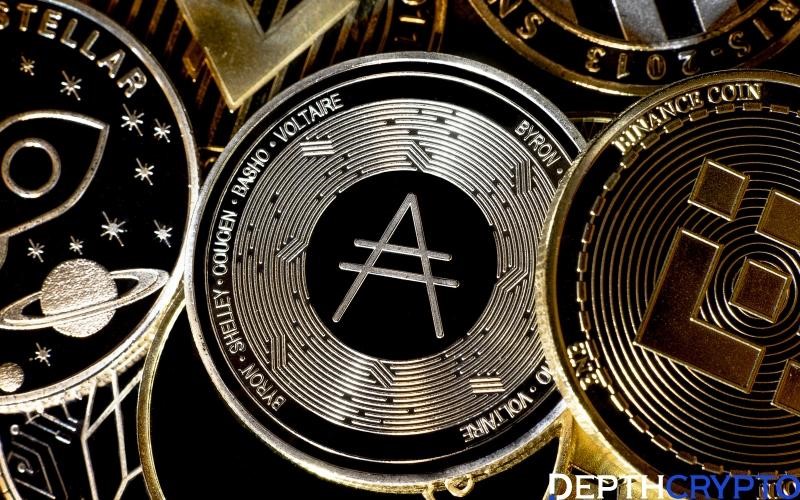
What kind of rewards can users earn on Coinbase?
Thanks to Coinbase Earn, you get a crypto reward for completing educational modules. You can also earn interest on many cryptocurrencies like stablecoins, USD Coin (USDC), etc.
You can also earn rewards from staking cryptocurrencies such as Solana (SOL), Ethereum (ETH), Cardano (ADA), etc. Depending on your location, you may not be eligible to stake.
14. Payment and spending
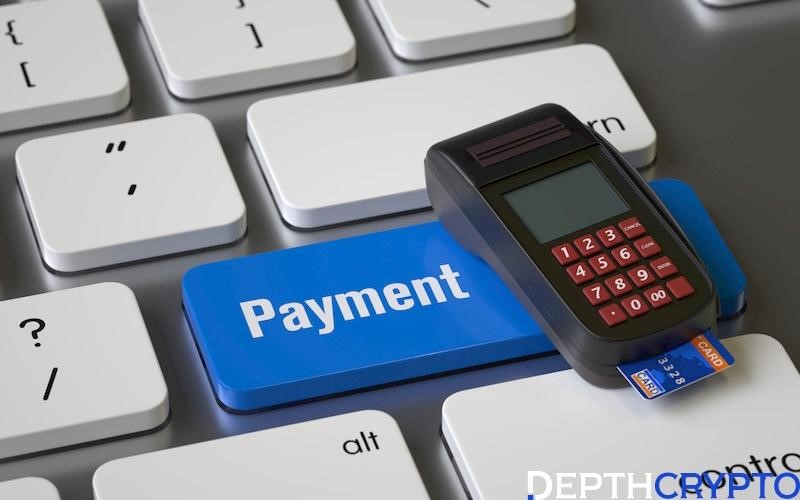
You can fund your Coinbase account via:
- Bank transfer
- Debit & Credit Bank
- ACH
- PayPal
Beyond staking and trading, once your Coinbase spend is funded, and the Coinbase app is installed on your mobile device, you can make wireless payments, ATM withdrawals, or PIN payments.
Coinbase allows U.S. users to directly deposit any amount of their paychecks into their accounts in crypto or USD. You can also get paid in cryptocurrency by converting USD to crypto without transaction fees.
15. Closed or frozen accounts
In the event of violating the Coinbase User Agreement [3], the exchange has the right to close your accounts. A closed or frozen account can’t buy or sell services. You also can’t use your Coinbase account as a digital currency balance.
But you can transfer all your funds from the closed Coinbase account to any wallet address or bank account before closing the account closure proceeds.
16. Coinbase Pro

Once you have a Coinbase account, you can upgrade to a Coinbase Pro to enjoy low fees, limit and stop orders, and more trades unavailable on the central Coinbase platform.
Setting up a Coinbase Exchange Account
You can sign up and open a free Coinbase account in four easy steps.
Step one:
Click on get started on Coinbase’s homepage. You’re required to provide personal details like:
- Legal name (full)
- Email address
- Generate a secure password
- Agree that you’re an adult (18+)
Step two:
Confirm and verify your email address. Coinbase will send an email to the address you entered. Open and verify the email.
Step three:
After verifying your email, you’ll be required to input your working phone number, which is needed for the two-step authentication.
Coinbase will send a seven-figure verification code to your mobile device to verify your phone number.
Step four:
You’ll provide a scanned copy of your identity information, such as any of the following:
- Government-issued ID card
- Passport
- Driver’s License
You’d then need to choose a payment method to complete the signup process. After completing the steps, you can buy your desired crypto and start trading.
What Can Coinbase Do to Improve?
Simplify fees
Coinbase can make its platform even more beginner-friendly by simplifying the main platform’s fee structure.
Due to fees based on several factors like order volume, user’s location, market conditions, and payment method, it’s challenging for users on the primary platform to determine their fees before trading.
Reduce staking rates
Coinbase charges customers an outrageous 25% on their yield profit when they stake their cryptos on the platform. That’s a lot of money. Reducing this percentage will go a long way for users.
Alternatives to consider: Coinbase vs. other exchanges

The cryptocurrency marketplace is becoming highly competitive with the emergence of robust exchanges. Here’s a detailed comparison between Coinbase and centralized exchanges such as Gemini, Binance, and Robinhood.
Coinbase vs. Coinbase Pro
Coinbase and Coinbase Pro are sister companies owned by Coinbase Global Inc. While Coinbase is suitable for both beginner and advanced traders and investors, Coinbase Pro focuses on expert investors.
Meanwhile, consider Coinbase Pro if you want the best offers and prices from Coinbase global company.
| Coinbase | Coinbase Pro | |
| Main platform features | Beginner-friendly interface. Different payment and withdrawal methods. Service available in 100+ countries. Offers three types of crypto wallets. | Suitable for Expert traders. Offers about 500 crypto-to-crypto trading pairs. Advanced charting features and. |
| Supported cryptocurrencies | 170+ | 250+ |
| Fees | Charges are 0.50% per Trade, 1.49% for bank accounts, Coinbase wallets purchase, and 3.99% for credit card purchases. | 0% to 0.50% per Trade |
| Maximum trading amount | Limits differ depending on your location and payment method. | Unlimited |
| Security | 2FA- factor authentication. AES-256 encryption for digital wallets. Hardware/offline/Cold storage. Insurance in case of Coinbase security breaches. Biometric fingerprint logins. FDIC-insured USD balances. | 2FA- factor authentication. AES-256 encryption for digital wallets. Hardware/offline/Cold storage. Insurance in case of Coinbase security breaches. Biometric fingerprint logins. FDIC-insured USD balances. |
| Supported transactions | Buy, sell, exchange, transfer, receive, and withdraw. | Buy, sell, Trade, deposit, withdraw, exchange, limit, stop, and time in force order. |
| Pros | Plenty of payment and withdrawal methods. Learn and earn crypto rewards. | Low fees. Simple fee structure. Offers more trading options. |
| Cons | Complicated fee structure. High fees. Lacks human customer support. Limited simple trading options. | Poor customer service. |
Coinbase vs. Gemini
The exchanges are both regulated U.S.-based companies. While Coinbase offers spread pricing, Gemini has fixed fees.
Coinbase allows you to earn cryptocurrency as you learn on their site. You earn interest of about 8.05% on Gemini when you save supported currencies on the platform.
While Gemini’s lowest charges start from 0.35%, Coinbase Pro starts from 0.6%.
| Coinbase | Gemini | |
| Main platform features | Beginner-friendly interface. Different payment and withdrawal methods. Service available in 100+ countries. Offers three types of crypto wallets. Supports multiple withdrawal methods. | Beginner-friendly and secure interface. Earn interest in crypto holdings. Several buying and selling methods. |
| Supported cryptocurrencies | 170+ | 100 |
| Fees | Charges are 0.50% per Trade, 1.49% for bank accounts, Coinbase wallets purchase, and 3.99% for credit card purchases. | Charges are 1.49% per Trade over $200 or a fixed fee for trades below $200. And 3.49% on credit or debit card purchases |
| Maximum trading amount | Limits differ depending on your location and payment method. About a $25,000 daily withdrawal limit on ACH. | Debit card: $1,000 daily limit. Deposits: $5,000 daily and $30,000 monthly limit. ACH withdrawals: $100,000 daily. |
| Security | 2FA- factor authentication. AES-256 encryption for digital wallets. Hardware/offline/Cold storage. Insurance in case of Coinbase security breach. Biometric fingerprint logins. FDIC-insured USD balances up to $250,000. | 2FA- factor authentication. U2F security with a hardware key. Hardware/offline/cold wallet FDIC-insured USD balances up to $250,000. Gemini Wallet digital insurance. |
| Supported transactions | Buy, sell, exchange, send, withdraw, and receive. | Buy, sell, Trade, deposit, and withdraw |
| Pros | Insurance in cases of Coinbase security breaches. Hundreds of cryptocurrency options. User-friendly mobile app and website. Multiple wallets choice. | Easy and convenient to use. Insurance is available for the Gemini Wallet. Earn interest on saved cryptocurrencies |
| Cons | Convoluted fee structures. Limited customer support. | Less coverage than Coinbase (service available in 61 countries). Higher fees. Supports fewer trading pairs. |
Coinbase vs. Binance

Binance is one the cheapest exchanges with low transaction fees of 0.1%. The platform supports payment and withdrawal options such as wire transfers, debit/credit cards, and ACH. You may consider Binance if low transaction fees are your primary concern.
| Coinbase | Binance | |
| Main platform features | Beginner-friendly interface. Different payment and withdrawal methods. Service available in 100+ countries. Offers three types of crypto wallets. Supports multiple withdrawal methods. | Multiple crypto-to-crypto trading pairs. Supports fiat-to-crypto trading options. Comprehensive charting options. Service available to over 600 worldwide users. |
| Supported cryptocurrencies | 170+ | 600+ trading pairs |
| Fees | Charges are 0.50% per Trade, 1.49% for bank accounts, Coinbase wallets purchase, and 3.99% for credit card purchases. | Charges 4.5% for debit card purchases and 0.10% spot-trading fees. |
| Maximum trading amount | Limits differ depending on your location and payment method. About a $25,000 daily withdrawal limit on ACH. | Limits vary according to the crypto type purchased. |
| Security | 2FA- factor authentication. AES-256 encryption for digital wallets. Hardware/offline/Cold storage. Insurance in case of Coinbase security breach. Biometric fingerprint logins. FDIC-insured USD balances up to $250,000. | 2FA-factor verification. Hardware/offline/cold wallet. Insured by FDIC, Federal Deposit Insurance Corporation. Address whitelisting. Device management. |
| Supported transactions | Buy, sell, exchange, send, withdraw, and receive. | Peer-to-peer trading.Market order.Margin trading. Limit order. Post-only order.Stop-limit order. Trailing stop order. Etc. |
| Pros | Insurance in cases of Coinbase security breaches. Hundreds of cryptocurrency options. User-friendly mobile app and website. Multiple wallets choice. | Low fees. It’s among the cheapest platforms. A plethora of transaction types to choose from. Offers 600+ cryptocurrency trading options. |
| Cons | Convoluted fee structures. Limited customer support. | Services unavailable to U.S. customers. A complex user interface, even for seasoned experts. Binance.US exchange is minimal. Lacks in-built (default) digital wallet. |
Coinbase vs. Robinhood
While Coinbase is available to users across 100+ countries, Robinhood is only available in the U.S. Although Robinhood charges no commission, watch out for hidden fees on the market spread.
| Coinbase | Robinhood | |
| Main platform features | Beginner-friendly interface. Different payment and withdrawal methods. Service available in 100+ countries. Offers three types of crypto wallets. Supports multiple withdrawal methods. | Intuitive application to navigate. Supports a variety of investments such as ETF, crypto, options, and stocks. Service is available only in the U.S. (48 U.S. states). |
| Supported cryptocurrencies | 170+ | 7 |
| Fees | Charges are 0.50% per Trade, 1.49% for bank accounts, Coinbase wallets purchase, and 3.99% for credit card purchases. | Zero trading fees. Charges an order flow fee depending on Trade. |
| Maximum trading amount | Limits differ depending on your location and payment method. About a $25,000 daily withdrawal limit on ACH. | Unlimited. |
| Security | 2FA- factor authentication. AES-256 encryption for digital wallets. Hardware/offline/Cold storage. Insurance in case of Coinbase security breach. Biometric fingerprint logins. FDIC-insured USD balances up to $250,000. | 2FA verification FDIC-insured Insurance in case of crypto hacks on the platform. Hardware/offline/Cold storage SIPC coverage for stocks, cash funds, and ETFs. |
| Supported transactions | Buy, sell, exchange, send, withdraw, and receive. | Limit orders, buy, and sell |
| Pros | Insurance in cases of Coinbase security breaches. Hundreds of cryptocurrency options. User-friendly mobile app and website. Multiple wallets choice. | Zero trading fees. Intuitive application. Multiple trading options such as ETF, Stock, and crypto. |
| Cons | Convoluted fee structures. Limited customer support. | No direct access to your crypto funds. Can’t withdraw digital assets. Possible hidden fees. Very limited cryptocurrencies are available. Only available to U.S. residents. |
Conclusion
Aside from its poor customer support and complex pricing structure, Coinbase Inc pulls a robust platform for buying, selling, saving, and exchanging cryptocurrencies.
Coinbase is a good exchange if you can look beyond its two most significant flaws. Otherwise, consider checking other exchanges offering what you need.
Coinbase FAQs
-
How long does it take to withdraw from Coinbase?
Though Coinbase withdrawals are instantaneous, it could take banks about three working days to complete the transfer.
Meanwhile, crypto withdrawals take one hour at most to complete. You may experience delayed transactions if Coinbase suspects unauthorized requests. You can:
1. Speed up the withdrawal by confirming your identity.
2. Wait for three days (72 hours) before the transaction will complete. -
How do you trade derivatives on Coinbase?
Derivatives on Coinbase work similarly to traditional results. A willing buyer and seller agree in a contract to sell an underlying asset, which is sold at a predetermined time and price. Instead of having intrinsic value, Derivatives’ value depends on the underlying asset’s value.
-
How do I get my money out of Coinbase?
You can withdraw your money from Coinbase through any of the following:
Wire transfer, bank account, ACH, or instant cash-out.
Use your debit card.
Withdraw to your PayPal account.
Use your wallet if you’re withdrawing cryptocurrencies. -
Are coins on Coinbase legit?
Yes, coins on Coinbase are legit.
Coinbase Inc. is generally a safe platform for buying and trading cryptocurrencies. Digital assets on Coinbase are secured in encrypted, geographically separated, offline storage.
The exchange stocks are even listed on the Nasdaq stock market under the ticker COIN. -
What are the best coins on Coinbase?
Binance USD, Ethereum, USD coin, Ethereum 2, Cardano, Dogecoin, Bitcoin, and Tether.







